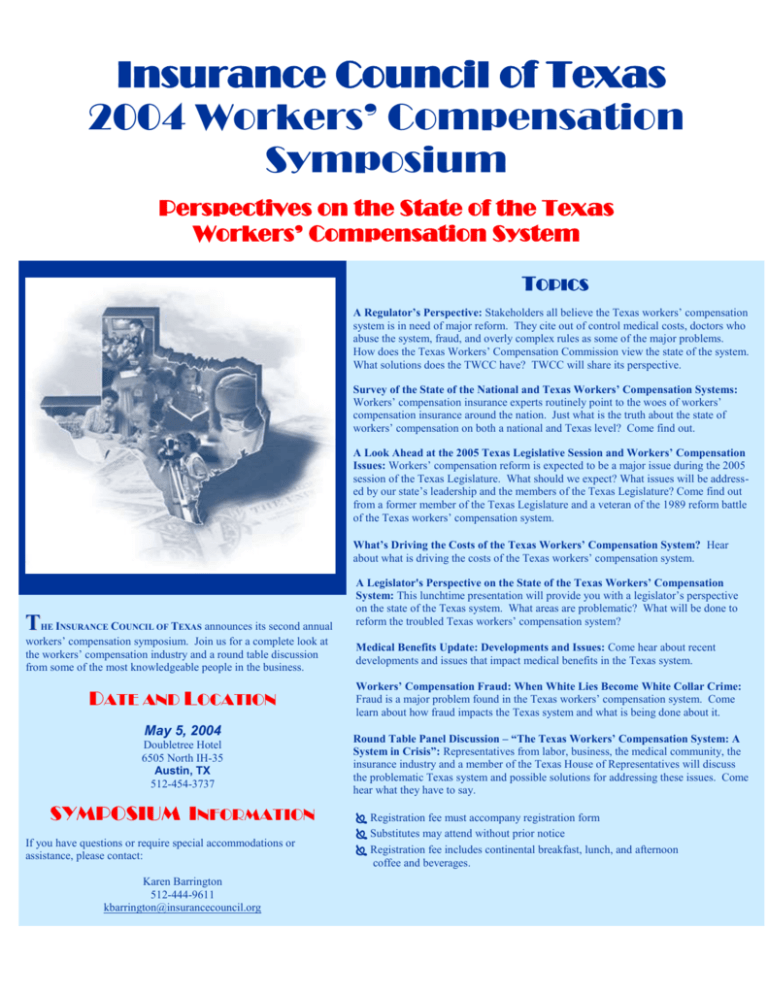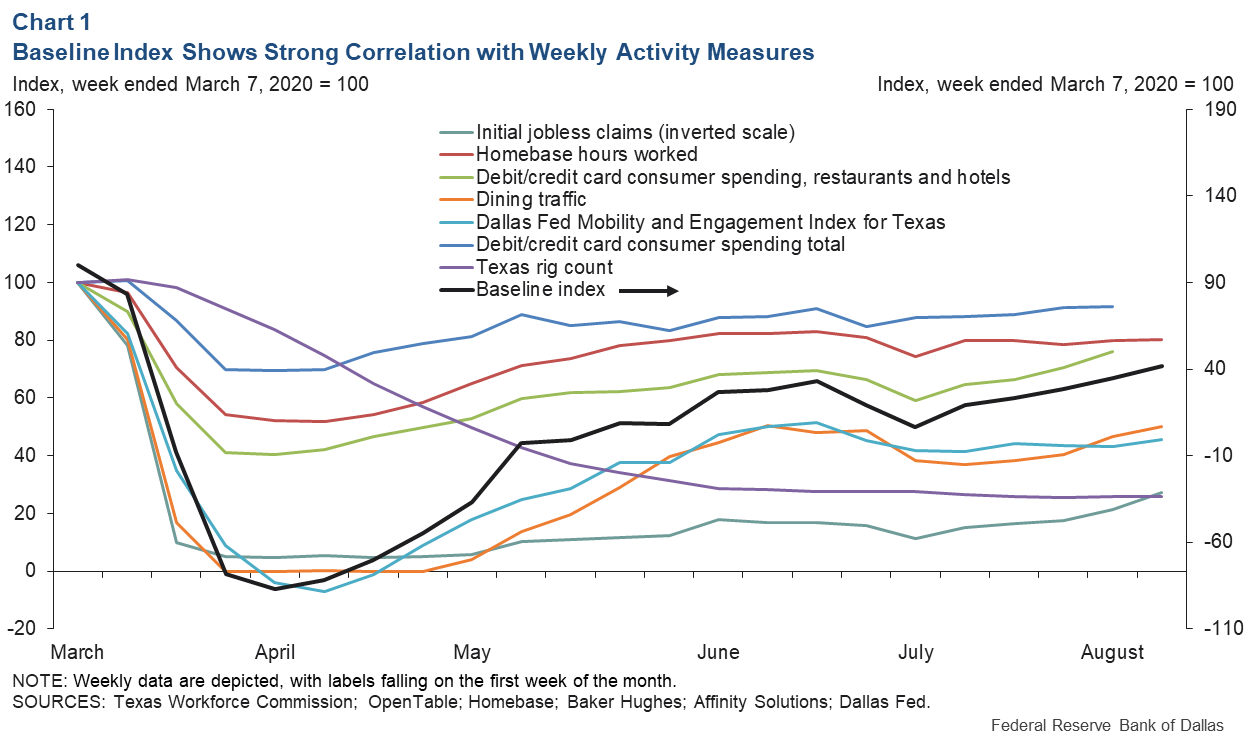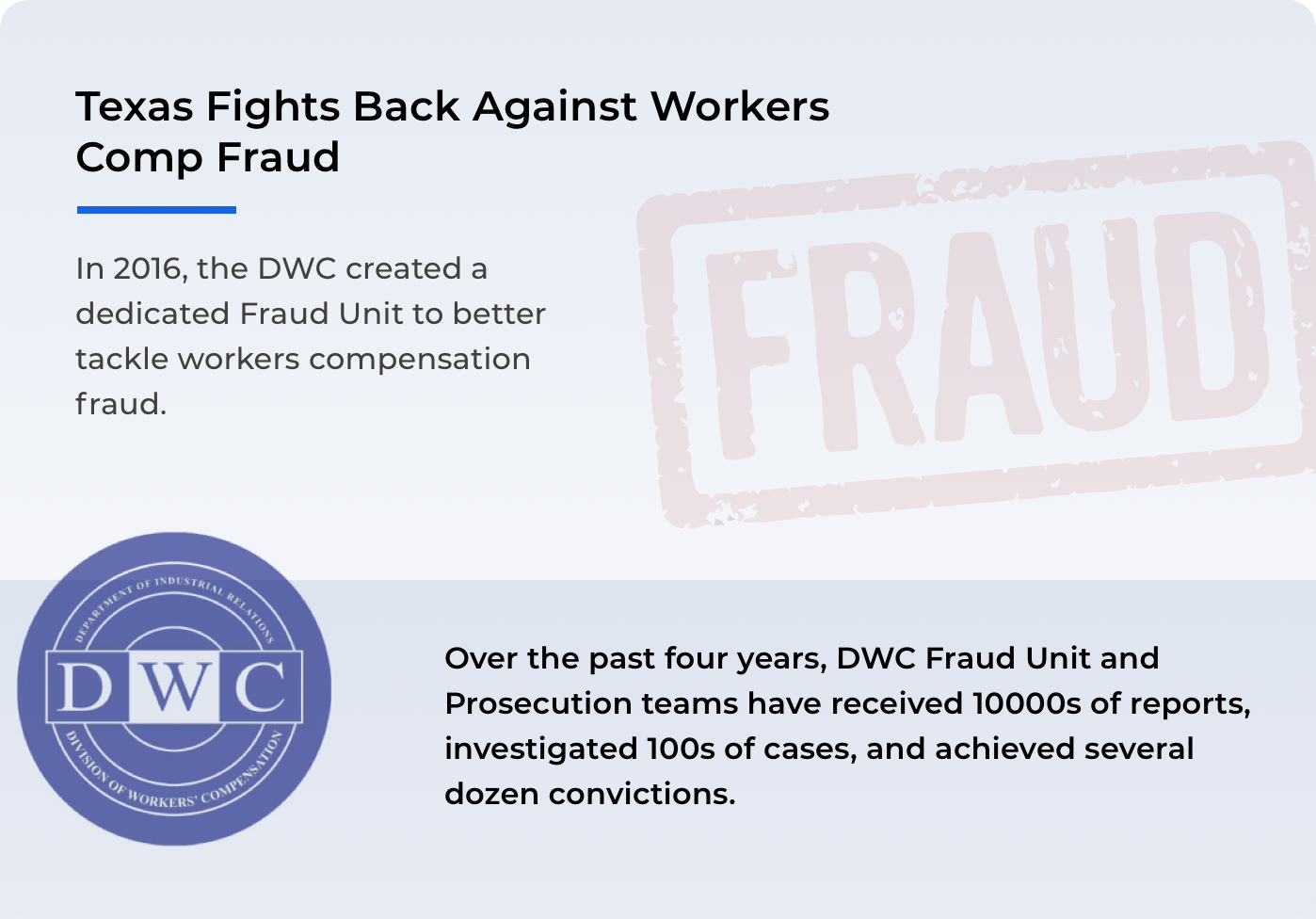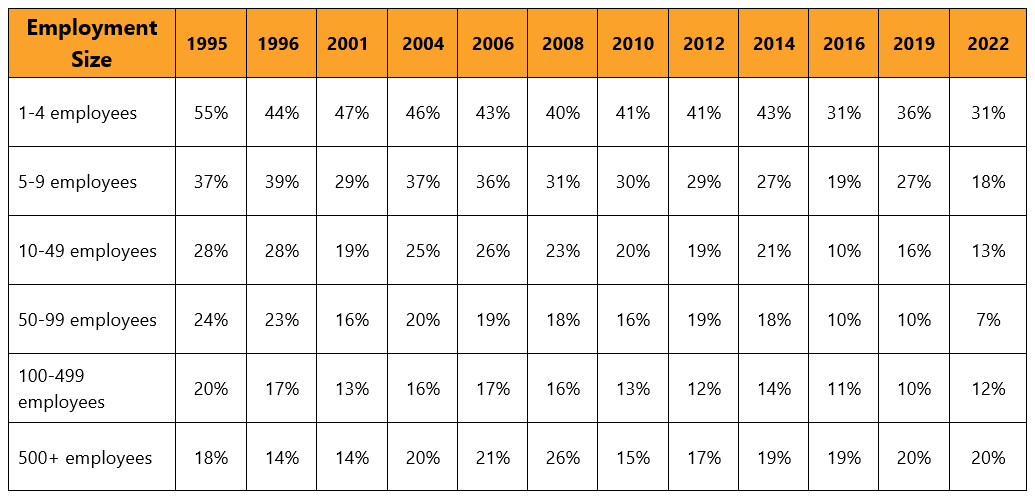Table of Contents
- Workers` Compensation System
- 2020 Guide to Texas Workers Compensation Stats - Foresight
- How to Use the Texas Workers' Compensation Database to Find Out if Your ...
- Texas Workers' Compensation Work Status Report Free Download
- 2020 Guide to Texas Workers Compensation Stats - Foresight
- Workers Comp Settlement Chart Ct - www.inf-inet.com
- Texas Workers' Compensation Work Status Report Free Download
- Texas Weekly Employment Estimate provides new, early economic insights ...
- 2020 Guide to Texas Workers Compensation Stats - Foresight
- Snapshot: Employer Participation in the Texas Workers’ Compensation ...


The report, which analyzed data from the Texas Department of Insurance, Division of Workers' Compensation (TDI-DWC), reveals that the return-to-work rate for injured employees in Texas has been steadily increasing over the past few years. This means that a larger percentage of workers who suffer work-related injuries or illnesses are able to return to their jobs, often with some form of modified duty or accommodation. The rise in return-to-work rates is a testament to the effectiveness of the state's workers' compensation system, as well as the efforts of employers, insurers, and medical providers to support injured employees in their recovery and rehabilitation.


Key Findings of the Report



These findings suggest that the Texas workers' compensation system is making progress in its efforts to support injured employees and help them return to work. By providing a more efficient and effective return-to-work process, the system is helping to reduce the economic and social impacts of work-related injuries and illnesses.

Implications of the Rising Return-to-Work Rate

In conclusion, the rising return-to-work rate in the Texas workers' comp system is a positive trend that has significant implications for the state's workforce and economy. By continuing to improve communication, enhance return-to-work programs, and increase the use of modified duty, the system can help to support injured employees and reduce the economic and social impacts of work-related injuries and illnesses.
Recommendations for Employers and Insurers To build on the success of the Texas workers' comp system, employers and insurers can take several steps to support injured employees and promote return-to-work. These include: Developing effective return-to-work programs that provide injured employees with the support and resources they need to recover and return to work. Improving communication with injured employees, medical providers, and other stakeholders to facilitate a smoother and more efficient return-to-work process. Increasing the use of modified duty to allow injured employees to return to work in a limited capacity while they continue to recover. Providing training and education to employers, insurers, and medical providers on the importance of return-to-work and the strategies that can be used to support injured employees. By working together, employers, insurers, and medical providers can help to support injured employees and promote return-to-work, which can have a positive impact on the Texas workforce and economy.